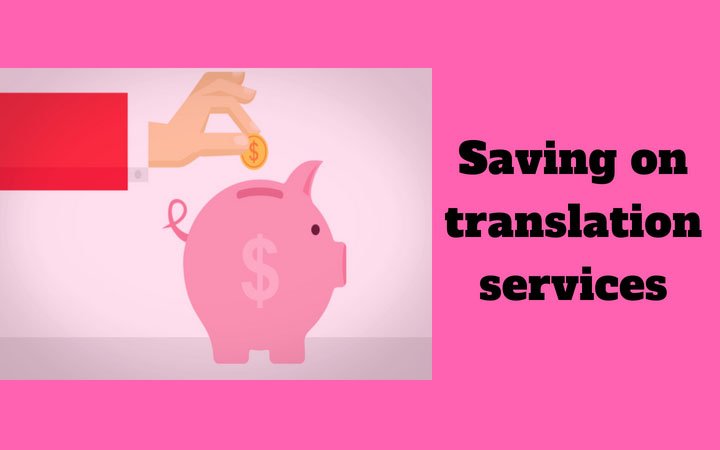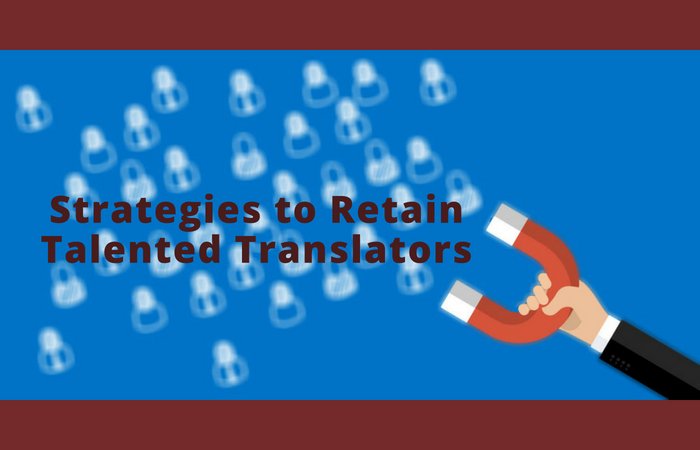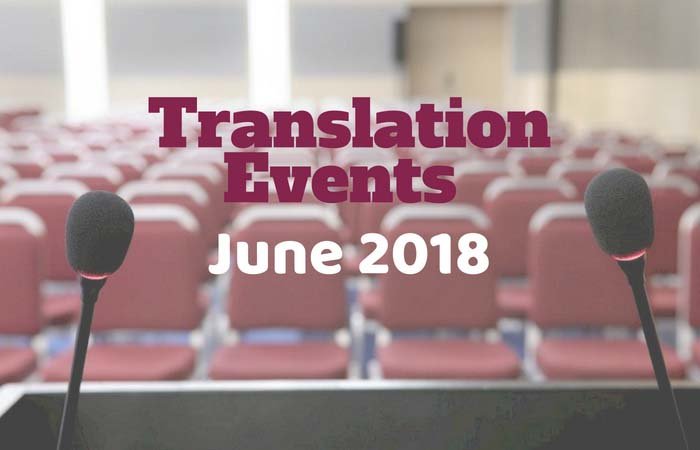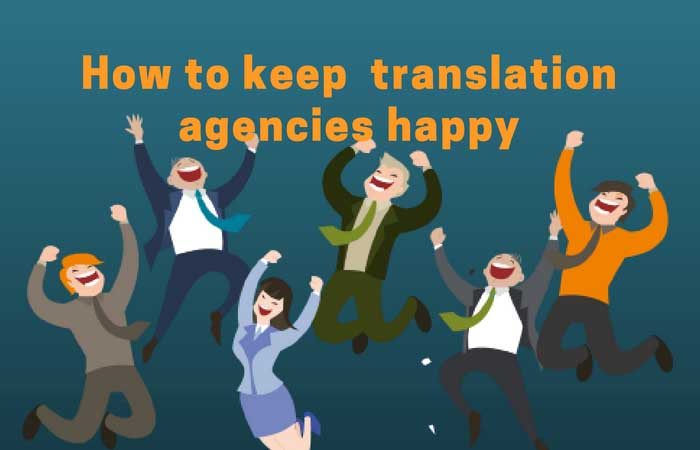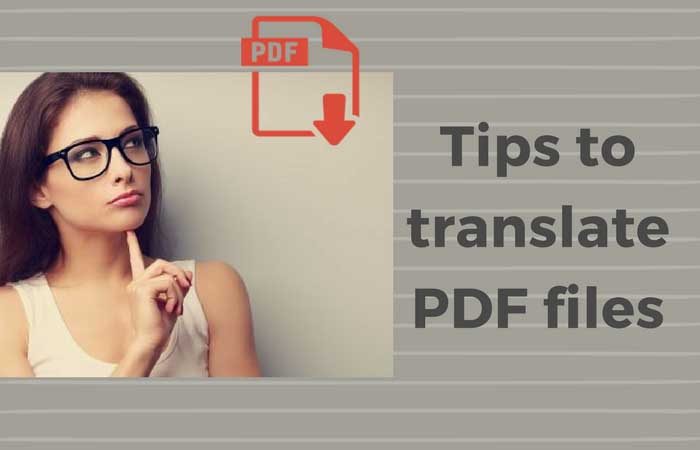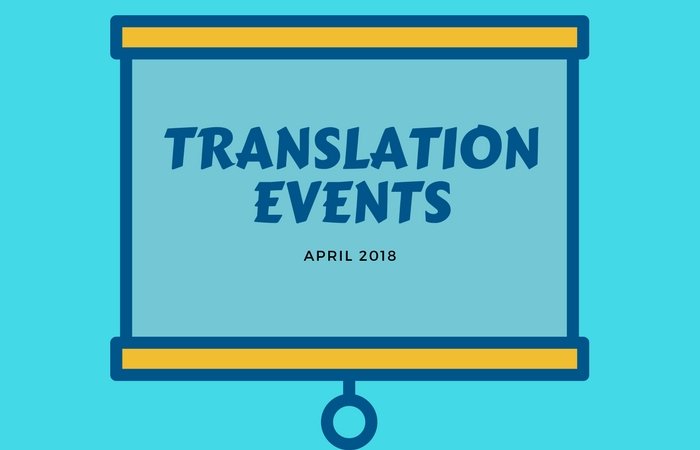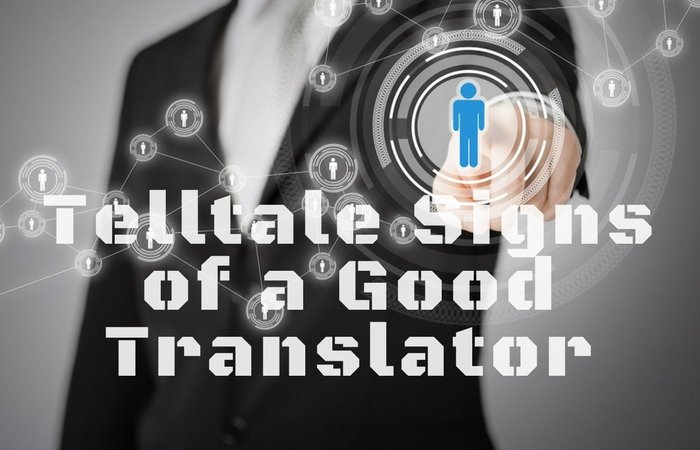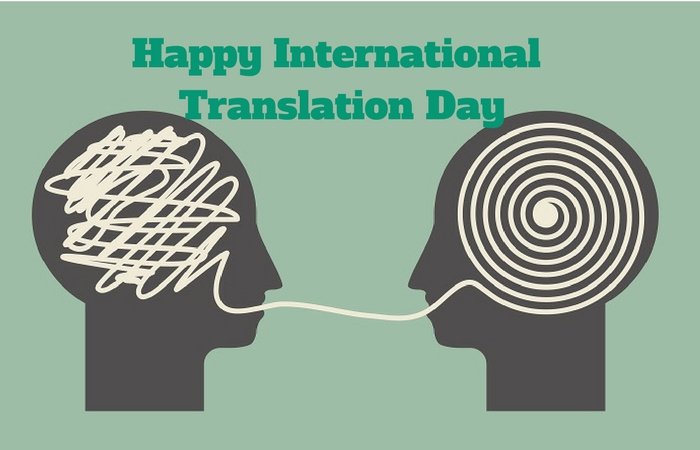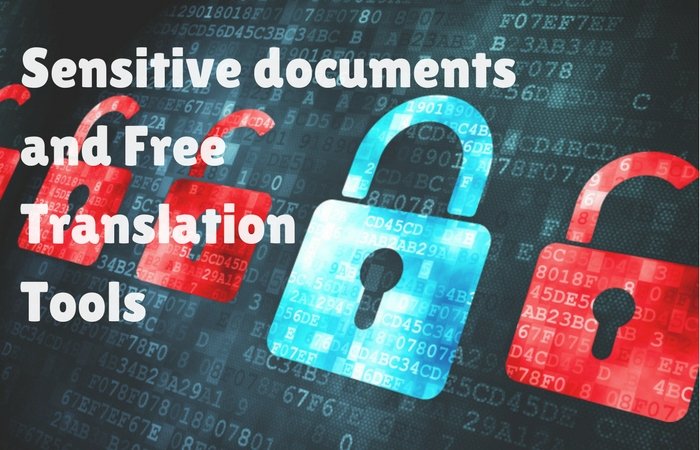Professional translations are often thought of as being extremely expensive, but this needn’t always be the case. Whether a translation is expensive or not is entirely subjective. The best way to save money on translation services is to have a good understanding of the translation process. This article is here to help with important tips and background information to help you reduce the costs for your next translation project while maintaining a high level of quality.
Understanding how translators charge for their services
If you understand how translators determine their fees, you’ll have the tools you need to cut costs. Each translation project requires a different approach but I’d hesitate to hire a company that asks you to upload a document, charging you a flat price without even looking at the file.
Translations are usually quoted on a per word basis, but some translators also quote per hour or per page. So, which of these options is better for your wallet? A translator that charges per hour isn’t necessarily more expensive but the best way to know what you’ll be paying is to be charged per word in the source document. Several factors affect a translation quote such as the subject matter, the file format, the delivery date, and the language pair.
Tips to reduce translation costs
Plan ahead
If you’ve decided to have content translated, be sure that your project is well organized and that you have a clear idea of what you need. Ask yourself questions like “who’s my target audience?” “how much am I willing to pay?” and “how soon do I need the translation back?” Remember that translations take time; a translator can usually translate around 2000 words per day. Don’t leave it to the last minute or you’ll end up paying an extra fee for an urgent translation.
Be sure your material is ready for translation
As mentioned above, translation agencies and translators take several variables into account to price their services. A text that’s full of mistakes and isn’t clear and concise will be more difficult to translate and, therefore, more expensive. You should also ensure that the document you send for a quote has been completed and reviewed. Last-minute changes add both cost and time to the budget.
Consider the Format
When you send a document for translation, you should always consider how long it will take the translation agency to format the document. Is it a plain Word document, a PowerPoint with complex formatting, or an InDesign file? If you’ve got someone at your company in charge of desktop publishing, be sure to advise the translator that you’ll take care of the formatting. Converting PDFs to Word documents can also take a huge amount of time. Remember: the simpler the format, the less you’ll have to pay.
Provide reference material
If you’ve already had some material translated before and you were satisfied with the results, be sure to provide all the references and glossaries (if you have them) to the translator beforehand. This is especially significant for technical translations or specialized industries. If your translation provider knows that they’ll have this material, the cost will be lower and, more importantly, the target documents will be consistent with your previous translations.
Take advantage of technology
Most translation agencies use computer-assisted translation (CAT) tools that ensure quality and consistency, while also reducing costs. A CAT tool runs on a translation memory, which stores your translations in a database and helps you reuse them. Using these tools are of paramount importance for large projects where you need to save time and money whilst maintaining a high level of quality.
Centralize your project
Centralizing your translation process to one vendor will be more cost-effective. If your documents need to be formatted, you should look for a translation agency that provides desktop publishing so that you don’t end up buying the two services separately. Always remember to check if the translation is going to be proofread by a second translator unless someone from your company is a native speaker of the target language and has the required knowledge to review the translations.
Look for offers and discounts
Many translation agencies offer discounts depending on the volume. If you’ll be needing translation services on a monthly basis, it’s worth saying so to the translation agency to see what they can offer you.
Be aware of quality
Last but not least, when choosing a translation agency or freelance translator, do not just focus on the price. Get as much information as possible from the translation provider so you can make an educated decision. Using machine translators such as Google Translate or translators that charge ridiculously low rates will have a negative impact on your company; cost-cutting measures should never steer your focus from quality.


